Assistance For Removing 844-717-0888 Pop-up from Firefox
Error caused by 844-717-0888 Pop-up 0x80249005 WU_E_INVENTORY_WMI_ERROR A WMI error occurred when enumerating the instances for a particular class., 0xf081C CBS_E_EXCESSIVE_EVALUATION Watchlist: not able to reach steady state after too many attempts., 0x80240001 WU_E_NO_SERVICE Windows Update Agent was unable to provide the service., 0x00000070, 0x80244011 WU_E_PT_SUS_SERVER_NOT_SET WUServer policy value is missing in the registry., 0xf0819CBS_E_DUPLICATE_UPDATENAME update name is duplicated in package., 0x8024002F WU_E_CALL_CANCELLED_BY_POLICY Operation did not complete because the DisableWindowsUpdateAccess policy was set., 0x00000044, 0x8024200A WU_E_UH_CANREQUIREINPUT A request to the handler to install an update could not be completed because the update requires user input., 0x8024002B WU_E_LEGACYSERVER An operation did not complete because it requires a newer version of server., 0x000000CA, 0x8024E005 WU_E_EE_NOT_INITIALIZED The expression evaluator could not be initialized., 0x0000005A, 0x8024A002 WU_E_AU_NONLEGACYSERVER The old version of the Automatic Updates client has stopped because the WSUS server has been upgraded., 0x00000016, 0xf081A CBS_E_INVALID_DRIVER_OPERATION_KEY the driver operations key is corrupt or invalid, 0x8024D001 WU_E_SETUP_INVALID_INFDATA Windows Update Agent could not be updated because an INF file contains invalid information., 0x00000057, 0x80240028 WU_E_UNINSTALL_NOT_ALLOWED The update could not be uninstalled because the request did not originate from a WSUS server.Easy Guide To Erase 844-717-0888 Pop-up From Windows System
844-717-0888 Pop-up, a pernicious computer threat which damage the saved data and make other program unresponsive. Number of fake malicious process start running on the background which make consume more RAM memory and increase load on the CPU. This unwanted background process will create a havoc to the infected Windows System, which make the Windows System more sluggish then before. However 844-717-0888 Pop-up will not only make the infected Windows System slow, but after the infiltration the risk on privacy setting will be increased.
Hacker linked with this 844-717-0888 Pop-up threat will easily enter into the Windows System and collect all the private data. These private data is send to the third party, which will make benefit from it and even start demanding extortion money from the user. You will notice after the infiltration of this threat the Windows System will take more time to boot-up. Therefore you must learn the steps to Delete 844-717-0888 Pop-up from the Windows System.
Part 1 : Start Your Windows System In Safe Mode With Networking
Delete 844-717-0888 Pop-up For Window XP/Vista/7
- Click Start Menu >>> select the Restart option.
- Simultaneously press F8 button while the Windows System start booting.
- Here you will get Advance boot menu.

- In this Advance boot menu select Safe Mode With Networking Option.
- To open Windows System in Safe Mode With Networking press Enter button.

Delete 844-717-0888 Pop-up For Windows 8/10
- Click on Start Menu, hold Shift key and the press Restart button.

- In next Window select Troubleshoot option then click on Advanced Options.
- Here select the Startup Settings option.
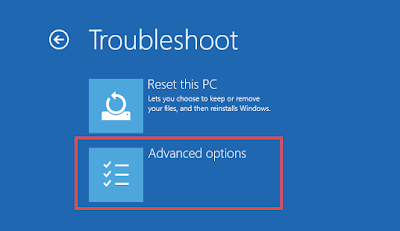
- Select Enable Safe Mode option then click on Restart button.
- Now Press F5 button for EnablingSafe Mode With Networking option.
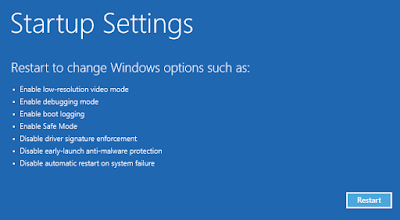
- Right Click on Task Bar and the select Task Manager.
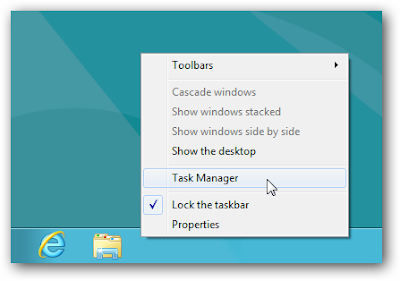
- You can also open Task by simultaneously press ALT+Ctrl+Del.
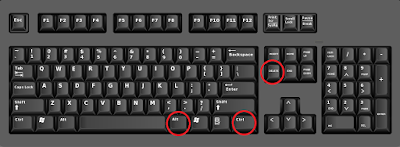
- Now Windows Task manager option will be open on screen.
- Find and select malicious process then click on End Task button.
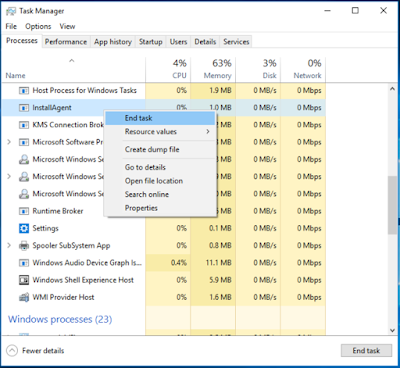
Delete 844-717-0888 Pop-up From Windows XP
- Go the Start menu and select Control Panel.
- The select Add or Delete programs option.
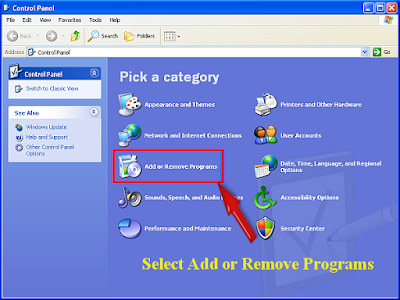
- In this Windows find 844-717-0888 Pop-up and Delete unwanted installed program from your Windows System.
Delete 844-717-0888 Pop-up From Windows 7
- Press the Windows key to open All program list.
- Here select Control Panel Option.
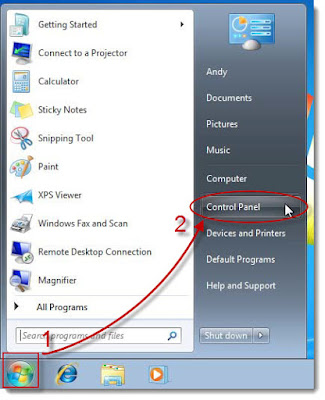
- In Control Panel Windows select Programs menu and then click Delete a programs.
- Them select the 844-717-0888 Pop-up and click on Delete option.
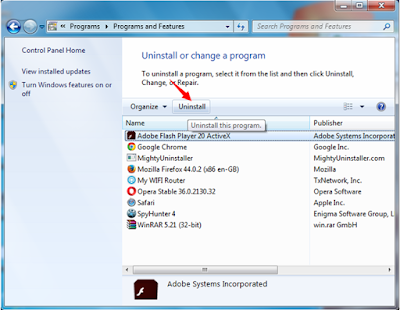
Delete 844-717-0888 Pop-up From Windows 8
- Together Press Win+R button to open Run Box.
- In Run Box type control panel and hit Enter button.
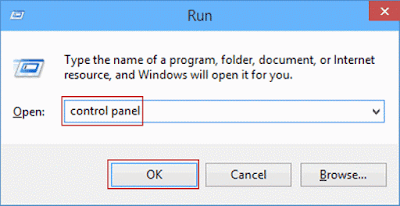
- On Control Panel and then Click Delete a program.
- Find unwanted programs and click on Delete option.
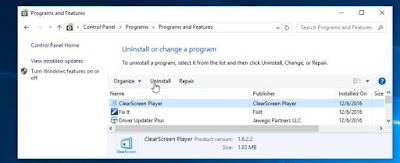
Delete 844-717-0888 Pop-up From Windows 10
- Press Start Menu and select Settings option.
- Now choose Windows System option here.

- Select on the Apps and Features option.
- On the is Windows Find 844-717-0888 Pop-up and click on Delete option.

Delete 844-717-0888 Pop-up From Google Chrome
- Open Google Chrome browser then click on icon to top right corner to open Chrome menu.
- Now click on the Tools option.
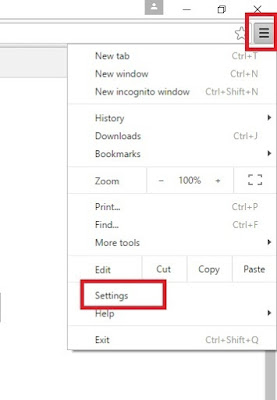
- Go to Extension and select all unwanted extension.
- Click on trash icon to Delete 844-717-0888 Pop-up from Google Chrome.
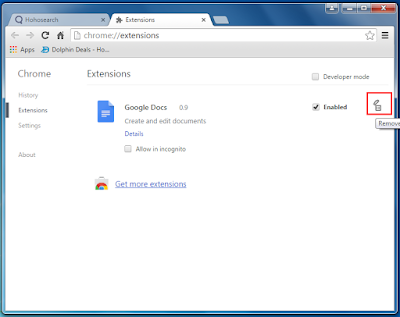
Delete 844-717-0888 Pop-up From Mozilla Firefox
- Click on Setting icon on top right corner to open browser menu.
- Now select Add-ons >> On Add-ons Manager tab select Extensions or Appearance panel.
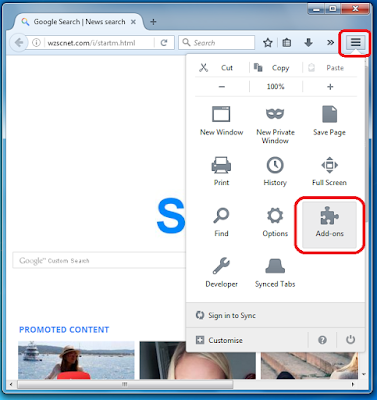
- Select 844-717-0888 Pop-up to Delete it.
- Click on the Delete button or Trash option.
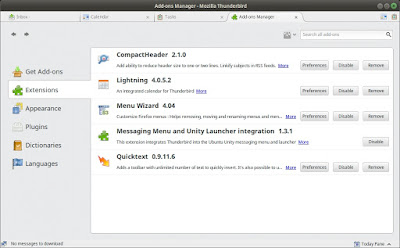
Delete 844-717-0888 Pop-up From Internet Explorer
- Press Alt+T buttons on Internet Explorer to open Tool Option.
- Also to open Tools option click on Gear Icon from the right-top corner.
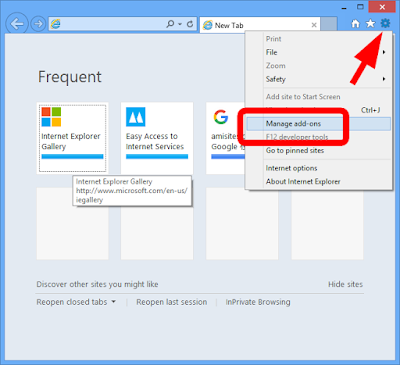
- Click on Manage Add-ons option then select Toolbars and Extensions tab.
- Find 844-717-0888 Pop-up and related add-ons then Click Disable.
- Finally click on Delete button.
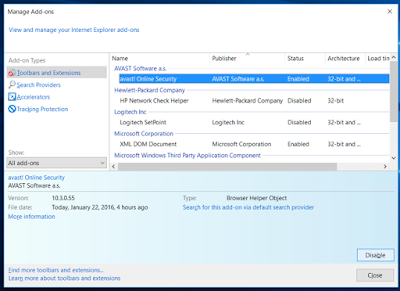
Delete 844-717-0888 Pop-up From Microsoft Edge
- Open Microsoft Edge then click on More (...) icon.
- Now click on A specific page or pages option.

- Select Custom option >>> type the URL of the page.
- Now to fix it Restart your Microsoft Edge Browser.
Reset Microsoft Edge
- Click on More (...) icon, then select Settings option.
- Under Settings section click on Clear Browsing Data.
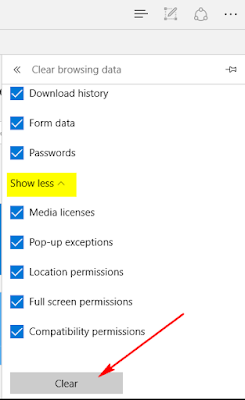
- Here click on Choose what to clear >> then click Show more.
- Select all and click Clear.
Reset Internet Explorer
- Click on Tools menu and select Internet Option.
- Click on Advance tab then click on Reset button.
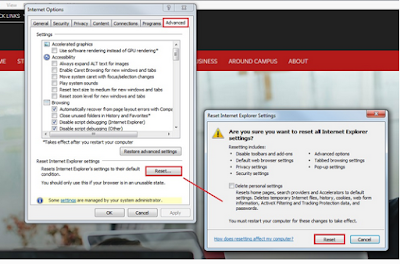
- Find Delete Personal Settings and then press Reset Button.
- Finally click on Close Button and Restart your IE.
Reset Google Chrome
- Click on Chrome menu to open the Settings.
- Now on Drop down option click on Settings option.
- Type Reset on the Search Box of Chrome Settings.

- Then click the Reset button until the Task is not completed.
- Then Restart the Browser.
Reset Mozilla Firefox
- Click on Firefox menu and click Help option.
- Here select Troubleshooting Information option.
- Press Refresh Firefox button from top of page.
- Click Refresh Firefox button and then Restart your Mozilla Firefox.
- Open Run Command >>> Press Win + R keys together.
- On Run Command Type regedit and hit Enter or Press OK.

- Find and Delete all related registry files of 844-717-0888 Pop-up.
- HKEY_LOCAL_MACHINEWindows SystemCurrentControlSetServicesWpm
- HKEY_CURRENT_USERSoftwareMicrosoftInternet ExplorerMain Default_Page_URL
- HKEY_LOCAL_Machine\Software\Classes\Chrome
- HKEY_CURRENT_USER\Software\Microsoft\Windows\CurrentVersion\Run .exe
- HKCU\Software\Microsoft\Windows\CurrentVersion\Internet Settings\random
- HKEY_LOCAL_MACHINE\SOFTWARE\Microsoft\Windows\CurrentVersion\run\random
- HKEY_CURRENT_USER\Software\Microsoft\Windows\CurrentVersion\Internet Settings CertificateRevocation
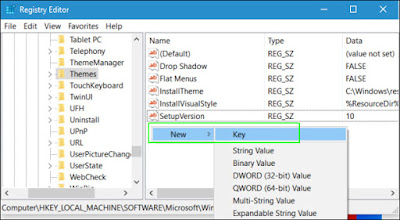



No comments:
Post a Comment